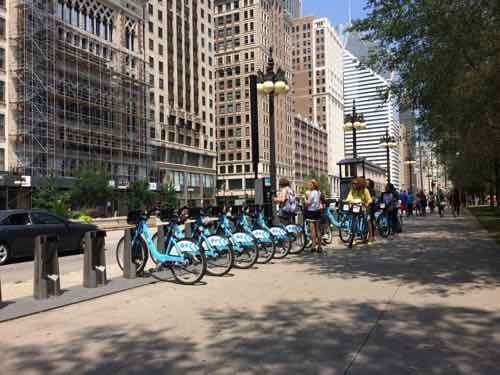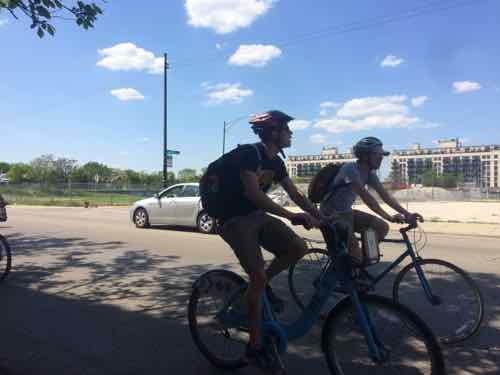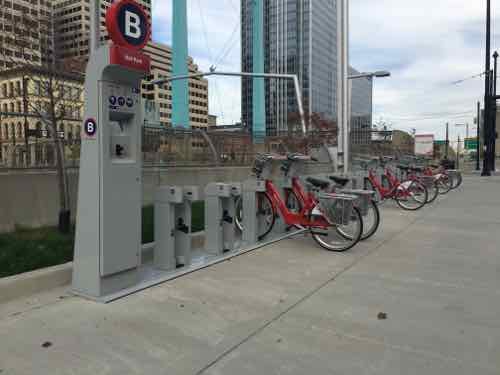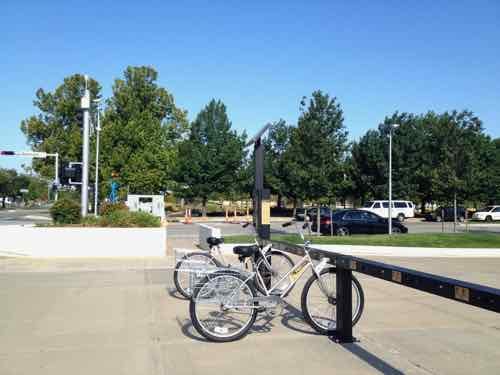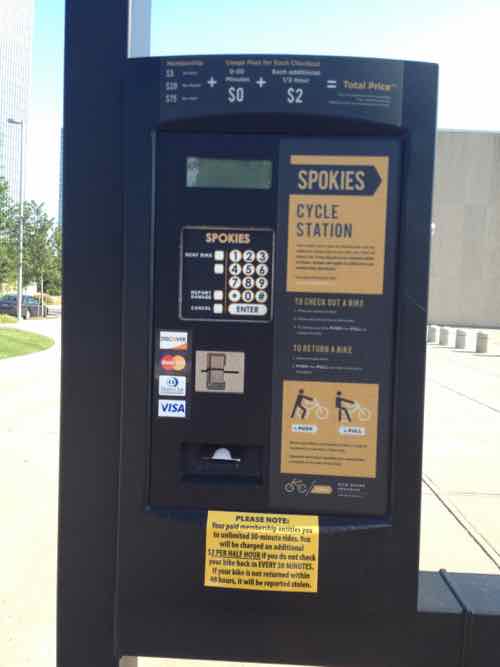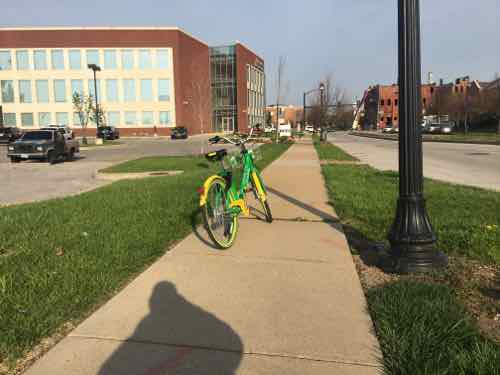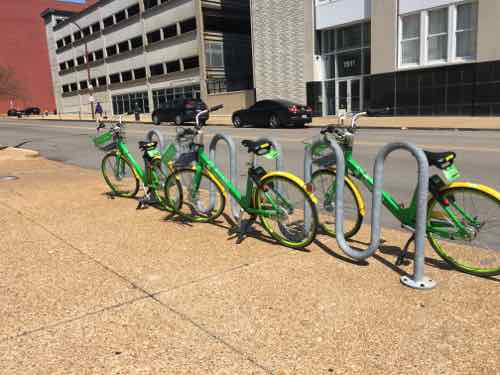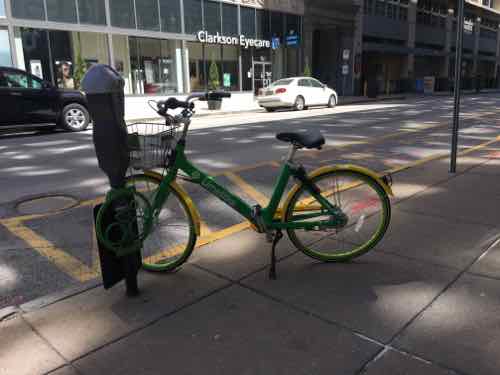Opinion: Housing Discrimination Remains An Issue
|
|
Twenty years before the Fair Housing Act of 1968 was the 1948 Supreme Court decision involving deed restrictions — a St. Louis property was at the center,
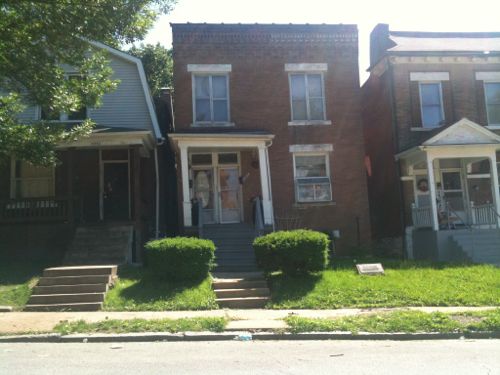
This modest, two-story masonry residence built in St. Louis, Missouri in 1906 is associated with an African American family’s struggle for justice that had a profound effect on American society. Because the J. D. Shelley family decided to fight for the right to live in the home of their choosing, the United States Supreme Court addressed the issue of restrictive racial covenants in housing in the landmark 1948 case of Shelley v. Kraemer.
In 1930, J. D. Shelley, his wife, and their six children migrated to St. Louis from Mississippi to escape the pervasive racial oppression of the South. For a number of years they lived with relatives and then in rental properties. In looking to buy a home, they found that many buildings in St. Louis were covered by racially restrictive covenants by which the building owners agreed not to sell to anyone other than a Caucasian. The Shelleys directly challenged this discriminatory practice by purchasing such a building at 4600 Labadie Avenue from an owner who agreed not to enforce the racial covenant. Louis D. Kraemer, owner of another property on Labadie covered by restrictive covenants, sued in the St. Louis Circuit (State) Court to enforce the restrictive covenant and prevent the Shelleys from acquiring title to the building. The trial court ruled in the Shelleys’ favor in November of 1945, but when Kraemer appealed, the Missouri Supreme Court, on December 9, 1946, reversed the trial court’s decision and ordered that the racial covenant be enforced. The Shelleys then appealed to the United States Supreme Court.
On May 3, 1948, the United States Supreme Court rendered its landmark decision in Shelley v. Kraemer, holding, by a vote of 6 to 0 (with three judges not sitting), that racially restrictive covenants cannot be enforced by courts since this would constitute state action denying due process of law in violation of the 14th Amendment to the Constitution. Although the case did not outlaw covenants (only a state’s enforcement of the practice), in Shelley v. Kraemer the Supreme Court reinforced strongly the 14th Amendment’s guarantee of equal protection of the laws, which includes rights to acquire, enjoy, own, and dispose of property. The Shelley case was a heartening signal for African Americans that positive social change could be achieved through law and the courts.(National Park Service)
The home was 24 years old when they bought it, like buying a house built in 1994 today. .
Decades of deed restrictions, steering, blockbusting and federal redlining severally damaged St. Louis and other cities with non-white populations. Generations of families continue to be negatively impacted by housing discrimination.
Housing values in American cities still break sharply along racial lines, showing the lingering impact of federal “redlining” in the 1930s, which devalued homes in African-American neighborhoods. The practice was outlawed decades ago, but its effects are still evident. In fact, according to a study published last week by real estate website Zillow, the disparity has grown even worse over the past two decades.
More than 80 years ago, the government determined which neighborhoods it considered risky for federal mortgage loans, outlining the “riskiest” neighborhoods in red. The determining factor was largely race, regardless of the economic status of the residents.
By 1997, homes in formerly redlined areas were worth less than half the value of homes in neighborhoods that had been deemed the “best” for mortgage lending. Over the last two decades that gap has actually widened, according to analysis of home values across the nation. (Governing)
Enforcement of the Fair Housing Act has been weak under administrations of both major parties, though it has varied.
The Fair Housing Act received new life three years ago when the Supreme Court endorsed the doctrine known as disparate impact, ruling that housing discrimination did not have to be intentional to be illegal. The court reminded the country that the statute does indeed bar governments from spending federal money in a way that perpetuates segregation.
Soon after, the Obama administration issued a long-awaited rule that required state and local governments to affirmatively further fair housing goals by making efforts to address the cumulative results of the discrimination that historically shut African-Americans out of many communities.
The common-sense rule rightly breaks with the laissez-faire approach of the past, making it clear that compliance with civil rights and fair housing laws means abandoning the strategy of dumping affordable housing in ghettos — and giving poor residents access to areas that offer greater opportunity. To that end, communities that receive HUD money are being asked to consider data on segregation and concentrations of poverty when making affordable housing decisions. (NY Times)
The problems are getting worse under the Trump Administration:
As the Fair Housing Act turns 50, many experts say HUD’s recent actions, under the direction of Secretary Ben Carson, represent a new level of attempts to undo the legislation.
Under Carson and President Donald Trump, HUD has decisively pared back its role as the primary legal advocate for the Fair Housing Act. Carson instructed HUD officials to delete the words “inclusive” and “free from discrimination” from the agency’s website. HUD recently settled a case in Houston under terms that at least one former official says does nothing to end residential discrimination in the city. And the agency terminated an investigation into Facebook for alleged discriminatory housing advertising practices. Carson has also delayed a requirement, established under the Obama administration, that local governments must create detailed plans to integrate racially divided neighborhoods. And HUD has put an indefinite hold on secretary-initiated housing cases, which historically have been seen as a critical tool in fighting systemic housing discrimination. (Governing)
Results from the recent non-scientific Sunday Poll:
Q: Agree or disagree: 50 years after the Fair Housing Act discrimination in housing has largely been eradicated.
- Strongly agree 2 [9.09%]
- Agree 2 [9.09%]
- Somewhat agree 2 [9.09%]
- Neither agree or disagree 3 [13.64%]
- Somewhat disagree 4 [18.18%]
- Disagree 3 [13.64%]
- Strongly disagree 6 [27.27%]
- Unsure/No Answer 0 [0%]
Thankfully a majority of those who voted understand discrimination hasn’t been eradicated.
— Steve Patterson
